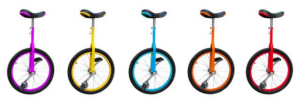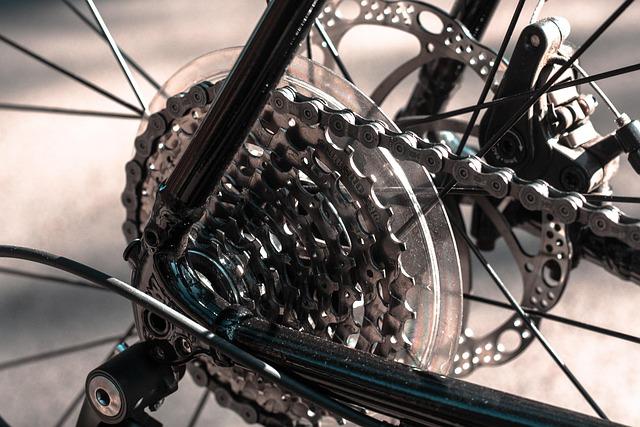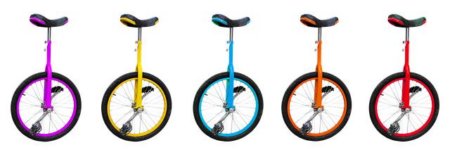Merida Mission Gravel Bike First Ride Review: A Stock Wheel and Tyre Combo That Limits More Than It Aids
In the ever-evolving world of gravel biking, finding the perfect balance between performance and versatility is essential for both seasoned riders and newcomers alike. Merida, a brand renowned for its innovative approach and commitment to quality, has recently launched the Mission gravel bike, a model that aims to bridge the gap between rugged terrain and cycling efficiency. However, during our first ride, it became evident that the stock wheel and tyre combination leaves much to be desired, limiting the bike’s full potential rather than enhancing it. As we dive into the specifics of this highly anticipated release, we’ll explore the strengths and weaknesses of the Merida Mission, shedding light on how crucial the right components are in maximizing a bike’s gravel riding experience.
Merida Mission Gravel Bike Performance Analysis Reveals Limitations of Stock Wheel and Tyre Setup
The Merida Mission gravel bike is designed to conquer a variety of terrains, but its stock wheel and tyre configuration raises significant concerns regarding overall performance. While the bike showcases impressive build quality and a sturdy frame, riders quickly discover that the default setup does not complement the bike’s potential. The combination of lightweight rims with standard all-purpose tyres results in a lack of grip and stability, particularly on loose surfaces, demanding a careful approach to cornering and climbing. Riders noted that despite the bike’s responsive handling, the wheels fail to provide the necessary feedback, making it challenging to gauge traction effectively.
Feedback from initial rides indicates that upgrading the wheel and tyre setup could significantly enhance performance. Transitioning to wider, more aggressive tyres could allow for better traction and comfort over rough terrain, as well as improved rolling efficiency on mixed surfaces. Consider these potential improvements:
- Increased Tyre Width: Wider tyres can improve grip and comfort.
- Higher Tread Profile: Aggressive tread patterns enhance traction on loose gravel.
- Stiffer Wheels: Upgraded wheelsets provide better power transfer and handling.
In a comparison table, we can see the key stats of the stock wheels versus potential upgrades:
| Feature | Stock Setup | Upgraded Setup |
|---|---|---|
| Tyre Width | 32mm | 40mm |
| Tread Pattern | Standard | Aggressive |
| Wheel Weight | 1800g | 1600g |
Ultimately, it is clear that while the Merida Mission gravel bike offers much in terms of design and capability, the limitations posed by its stock wheel and tyre setup can inhibit the overall riding experience. An investment in suitable upgrades can unlock the full potential of this versatile machine, allowing cyclists to tackle gravel trails and roads with enhanced confidence and precision.
Expert Recommendations for Optimizing Your Ride Experience with the Merida Mission Gravel Bike
To truly enjoy the ride on the Merida Mission Gravel Bike, riders can implement several enhancements that could elevate their experience. Upgrading the stock wheels and tires is essential, as these components significantly influence performance and comfort. A broader tire with a more aggressive tread pattern can provide better traction on loose surfaces, while a lightweight wheelset can improve overall handling and speed. Furthermore, considering custom tire pressures tailored to specific terrains can aid in achieving optimal ride quality.
In addition to wheel and tire upgrades, adjusting the bike’s fit and accessories can dramatically enhance your experience. Riders should ensure that the saddle height and handlebar position are properly adjusted for comfort and efficiency. Adding features such as a quality saddle, ergonomic grips, and a lightweight frame bag for gear storage can make long rides feel less strenuous. Finally, investing in a versatile gearing setup can increase the bike’s adaptability, allowing it to excel across various terrains while providing ease during climbs.
Comparative Insights: How the Merida Mission Stacks Up Against Competitors in the Gravel Bike Market
When assessing how the Merida Mission positions itself within the gravel bike sector, several key factors emerge when compared to its competitors. Rivals such as the Specialized Diverge and the Trek Checkpoint have garnered attention for their versatile performance and improved component options. In contrast, while the Mission boasts a solid frame and geometry built for stability, its stock wheel and tire combination appears to fall short in delivering a competitive edge. Notably, here are a few distinguishing features that set these bikes apart:
- Frame and Handling: Where the Mission has a robust design, competing models often utilize lightweight materials for enhanced rideability.
- Component Quality: Competitors frequently offer a range of gear options that allow for personal customization, potentially boosting performance in various terrains.
- Price Point: While Merida positions itself competitively, rivals can provide comparable specs at similar or even lower price tiers, further complicating its appeal.
Additionally, a direct feature comparison illustrates the Mission’s limitations. The following table highlights critical specifications and features in relation to its main competition:
| Feature | Merida Mission | Specialized Diverge | Trek Checkpoint |
|---|---|---|---|
| Frame Material | Aluminum | Carbon/Aluminum | Aluminum/Carbon |
| Stock Tires | Limits Versatility | All-Road Capable | Versatile and Adaptive |
| Customization | Limited Options | Extensive | Moderate |
To Conclude
In conclusion, the Merida Mission gravel bike presents an intriguing option for avid cyclists seeking versatility in off-road environments. However, our first ride review highlights a significant shortcoming: the stock wheel and tyre combination. While this setup may initially appear convenient, it ultimately restricts the bike’s performance and adaptability across varied terrain-essential attributes for gravel cycling enthusiasts. As the cycling community continues to seek innovations in design and functionality, the Mission’s limitations serve as a reminder of the crucial role that components play in enhancing the rider’s experience. As Merida strives for excellence in their offerings, future iterations of the Mission may benefit from an upgraded wheel and tyre configuration, ensuring that riders can fully explore the potential of this capable machine. For now, prospective buyers may want to consider this aspect carefully before making their decision.











